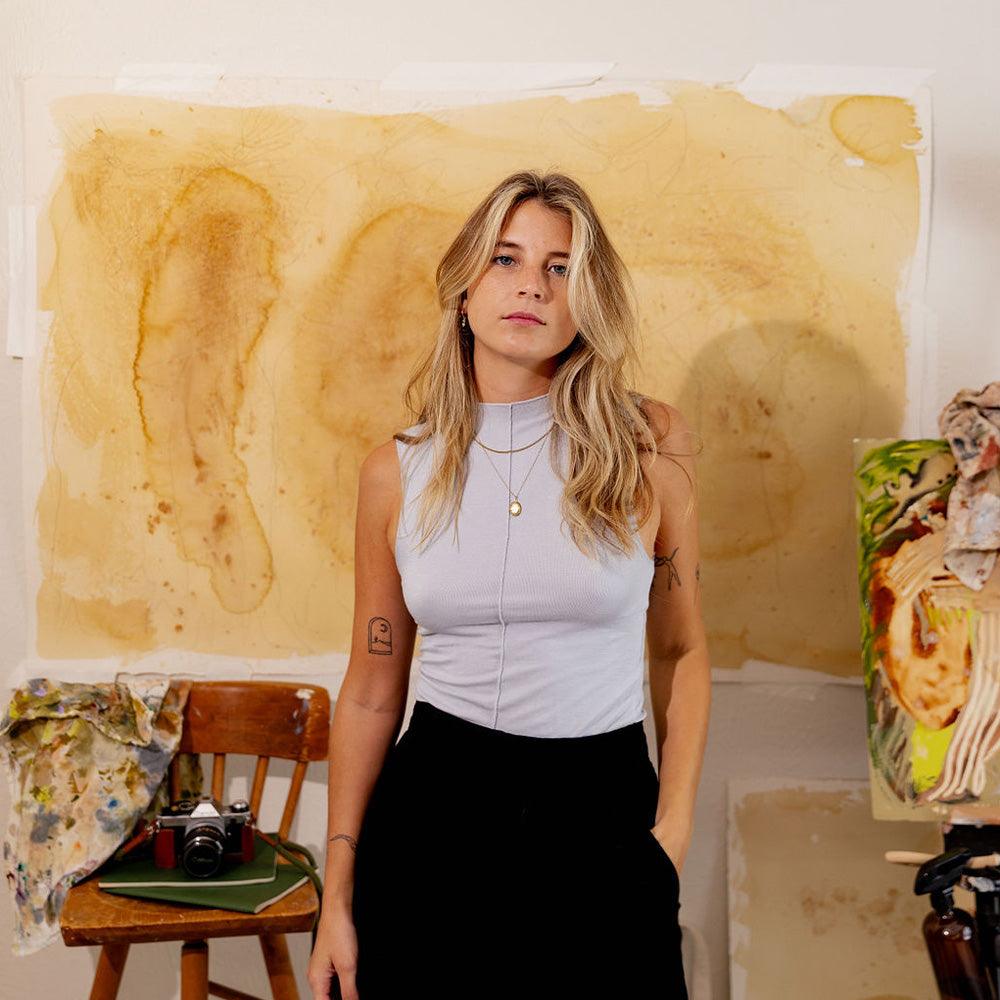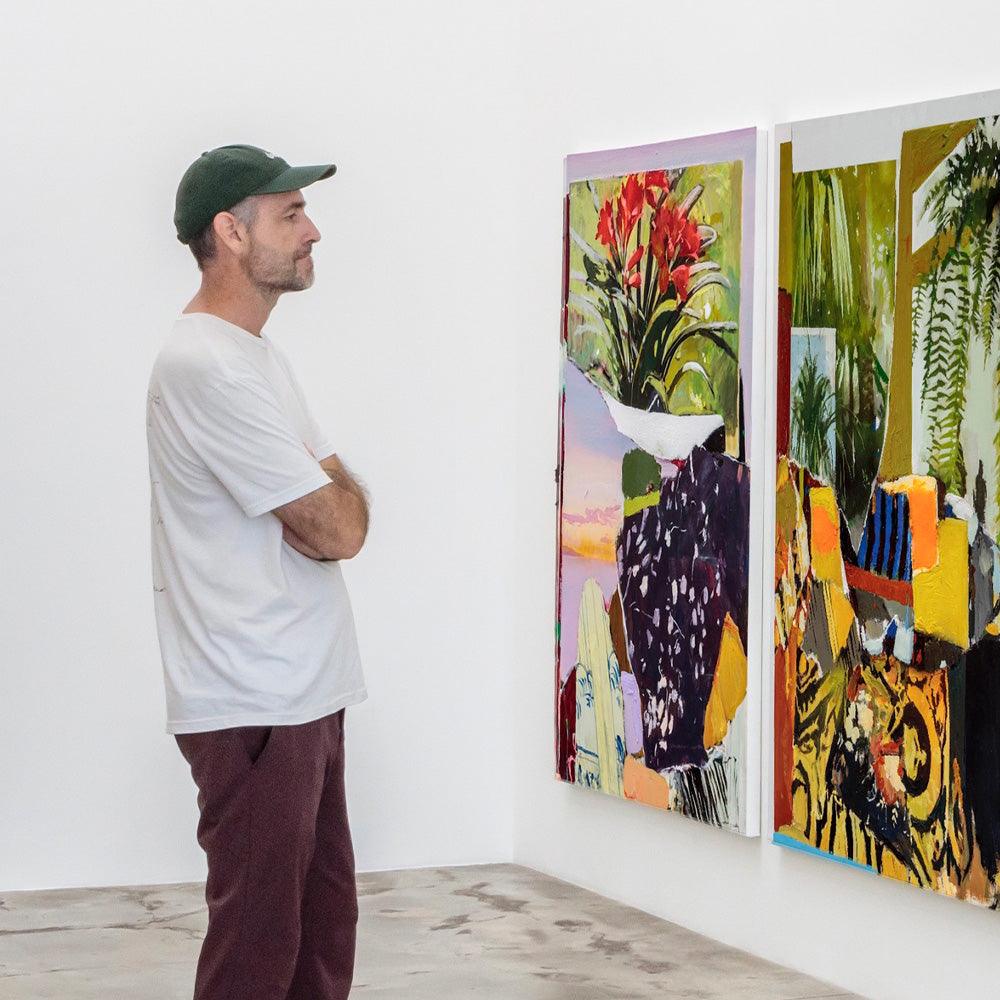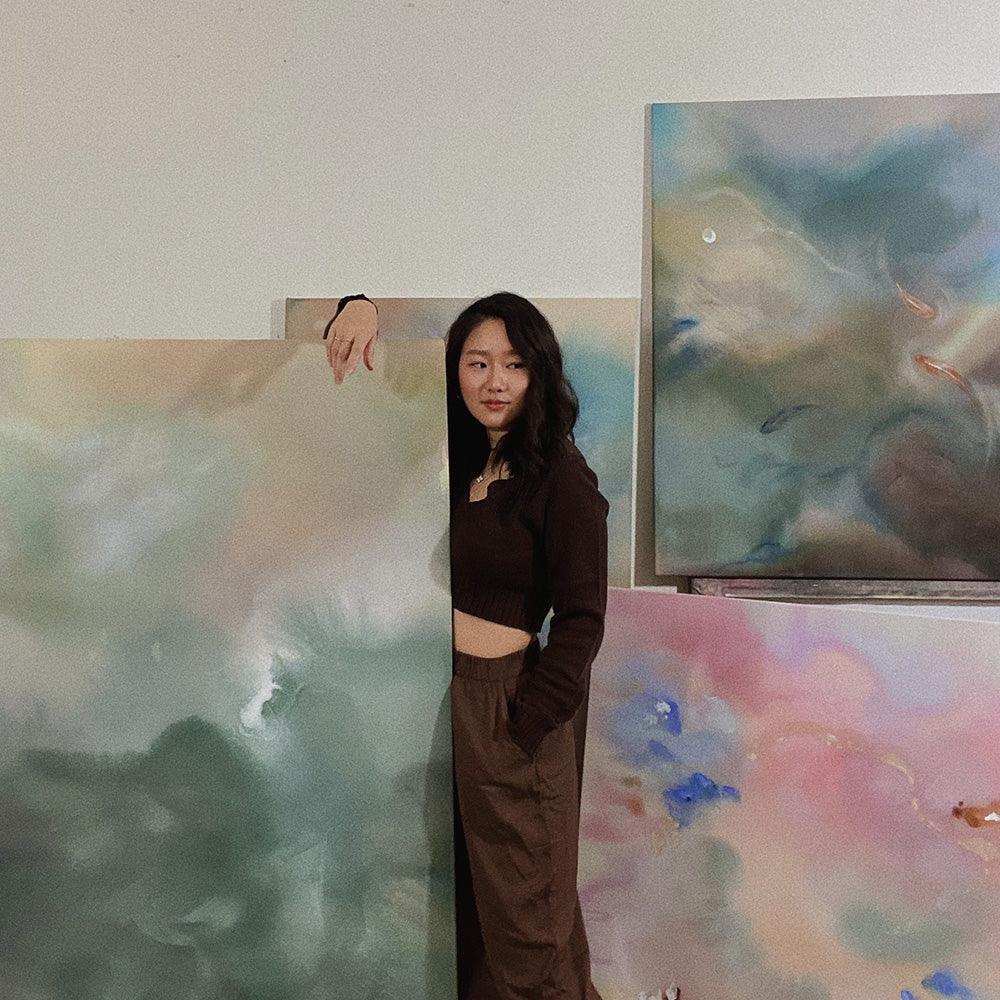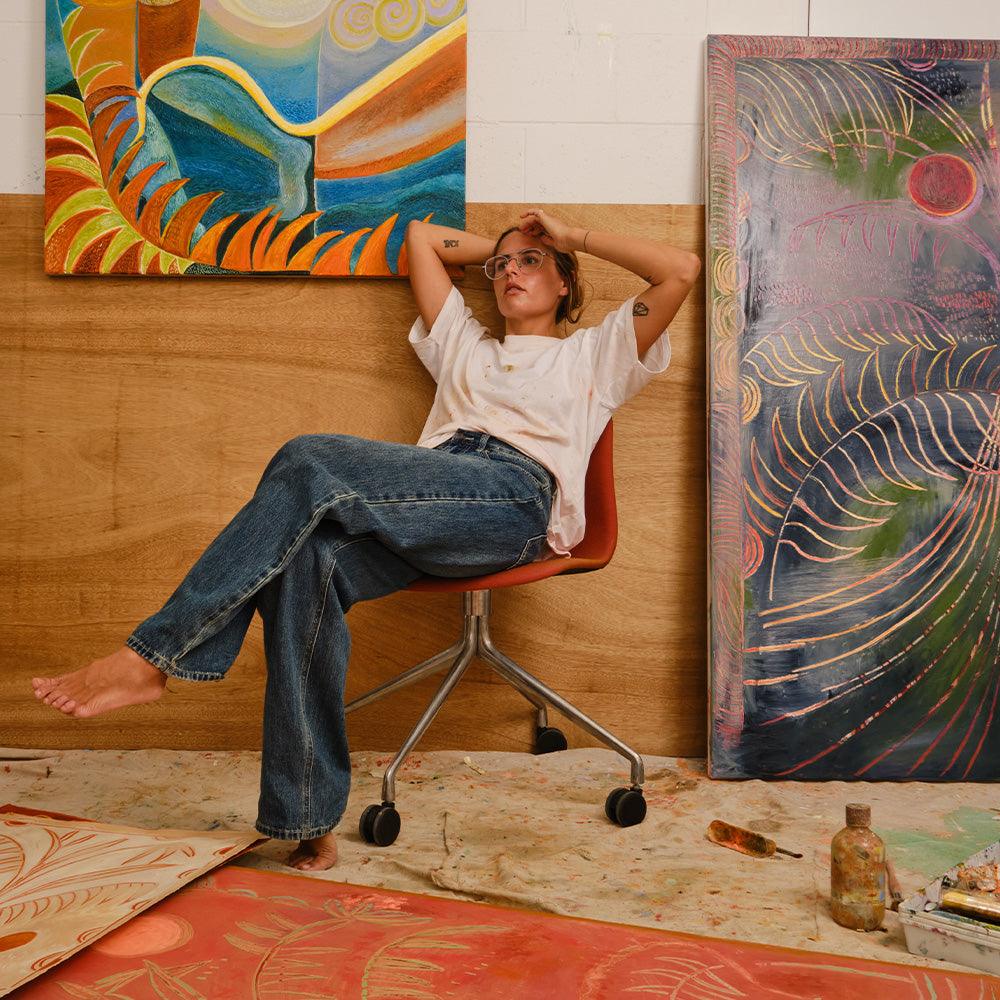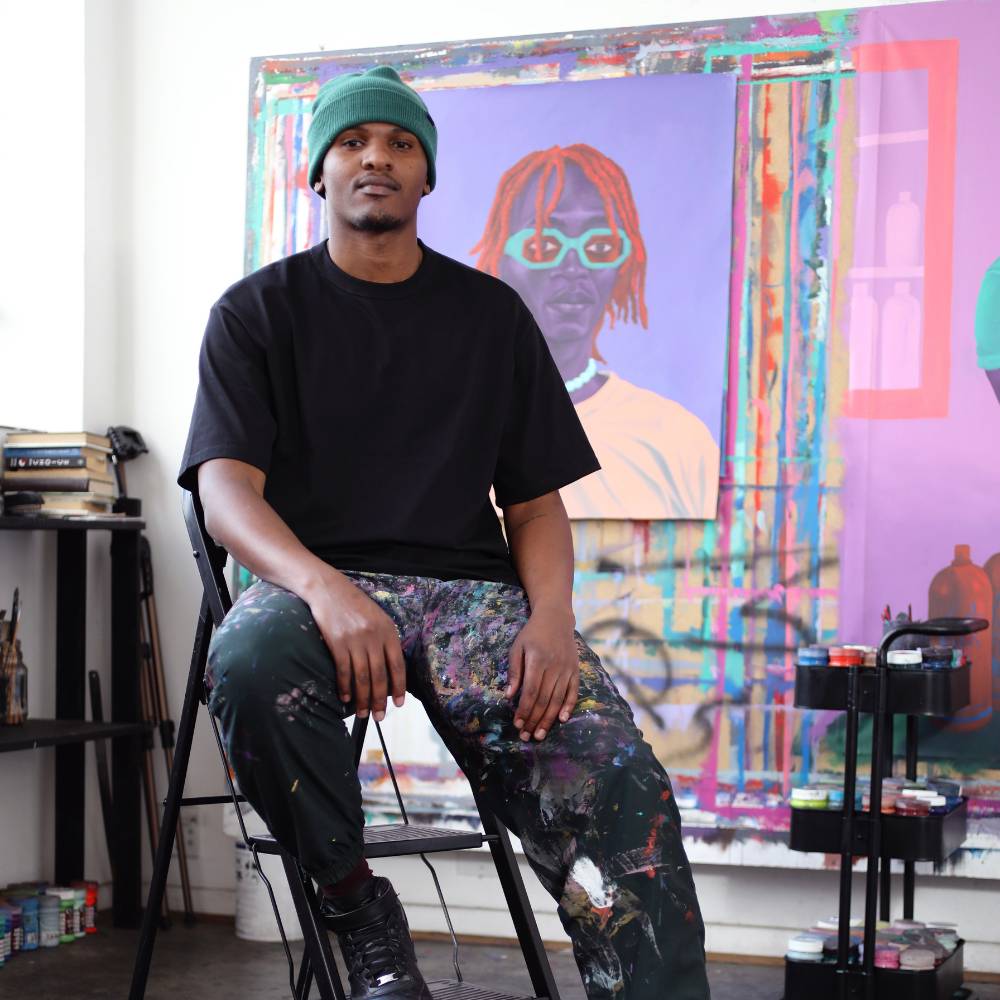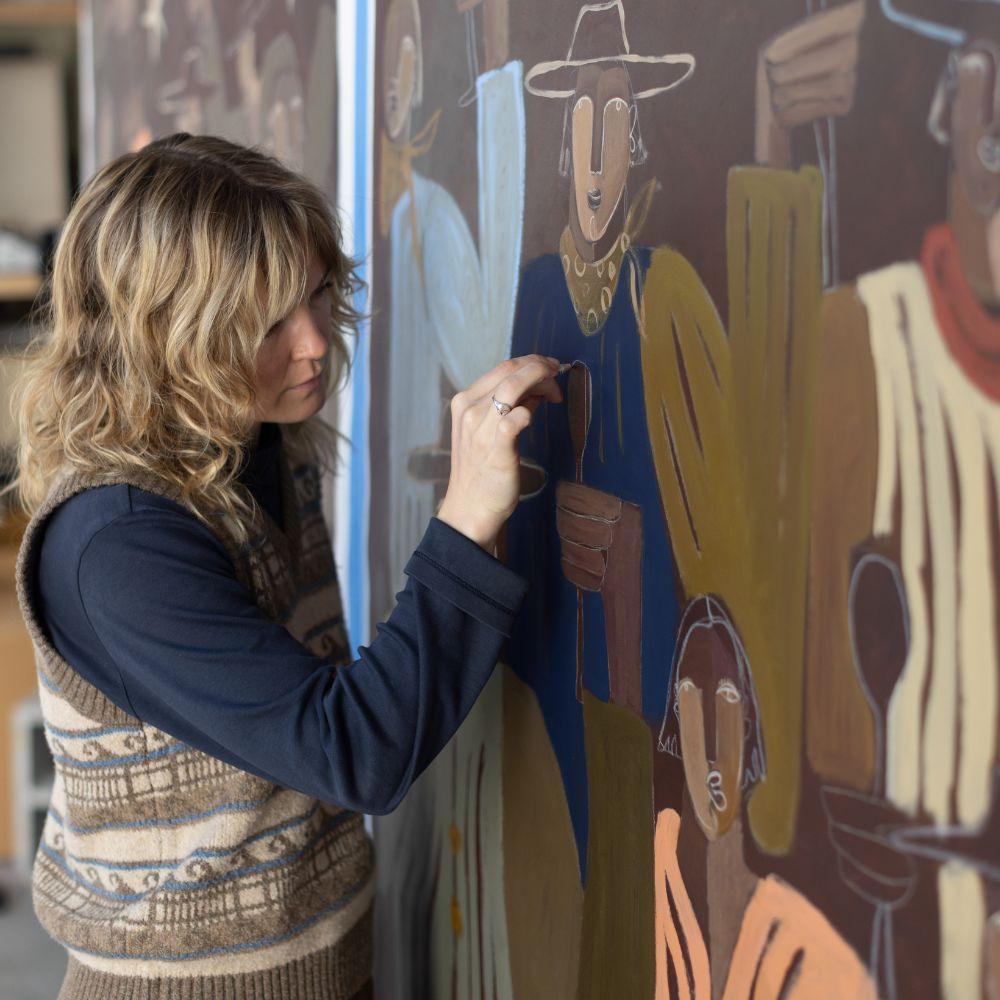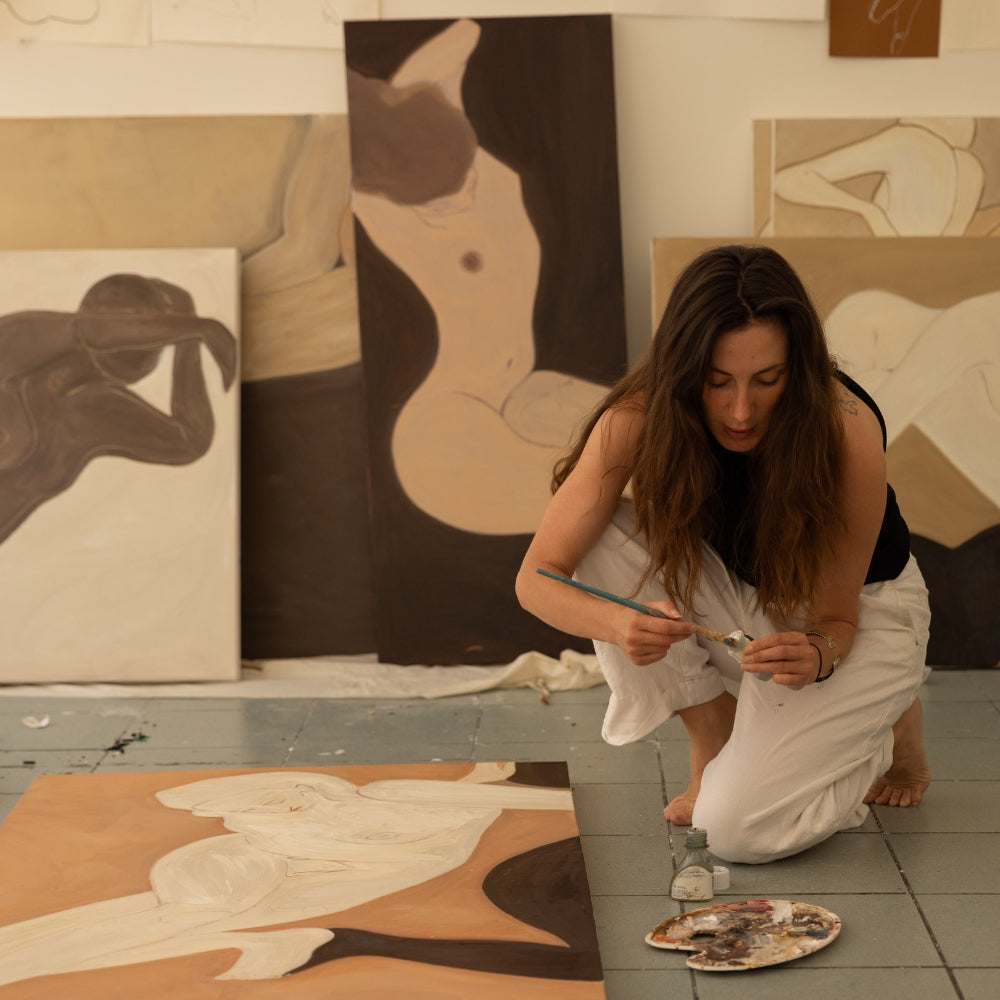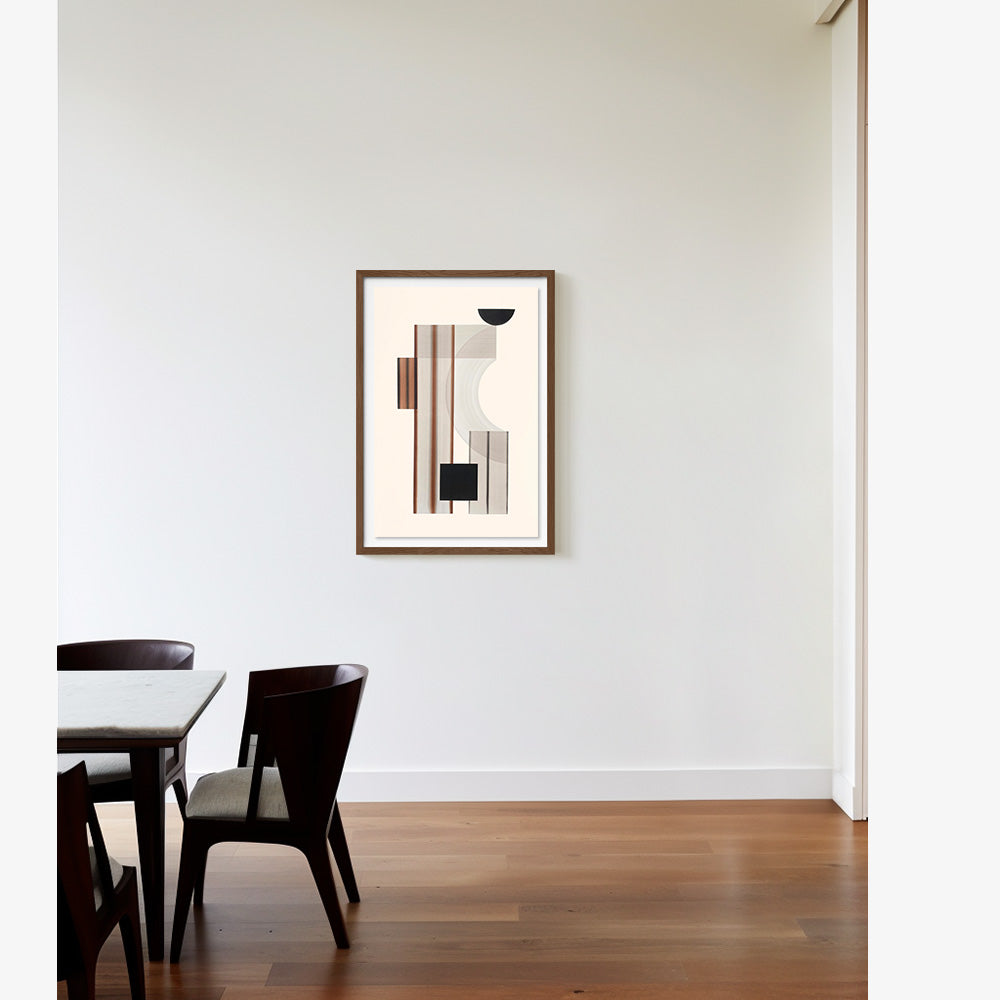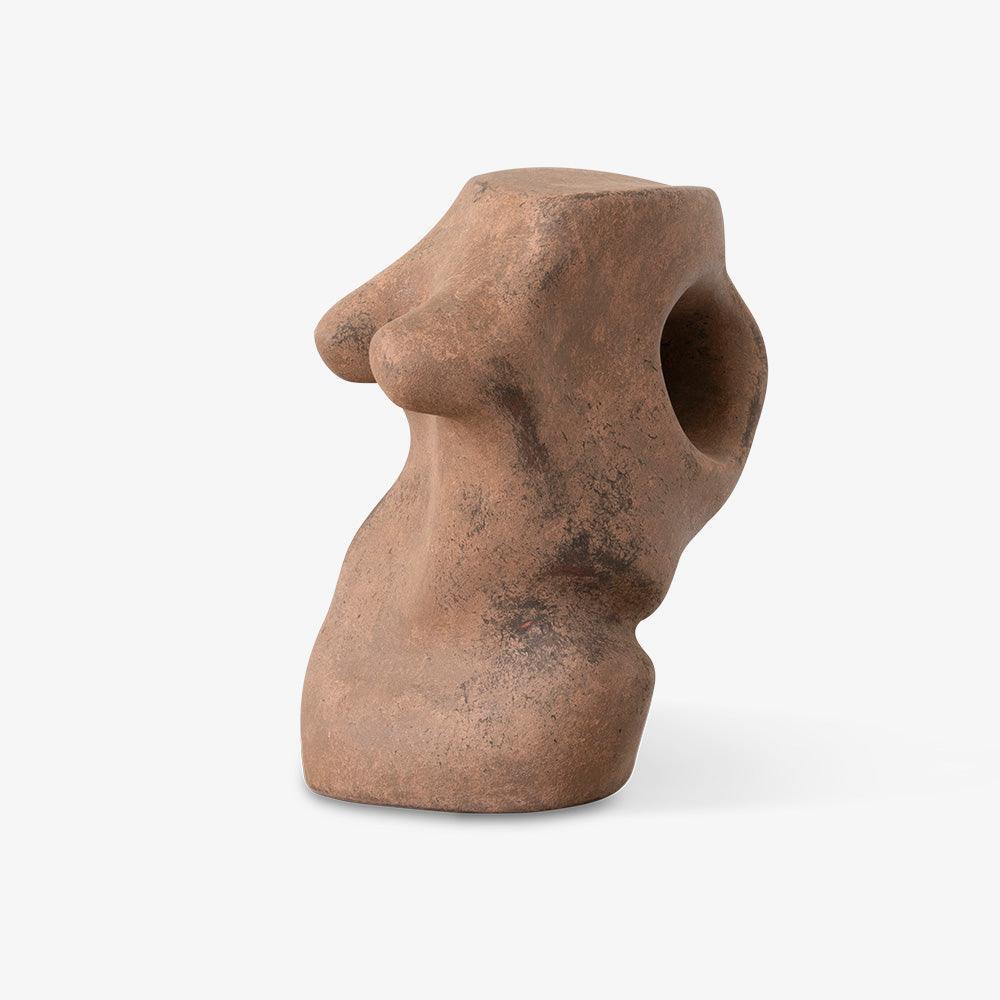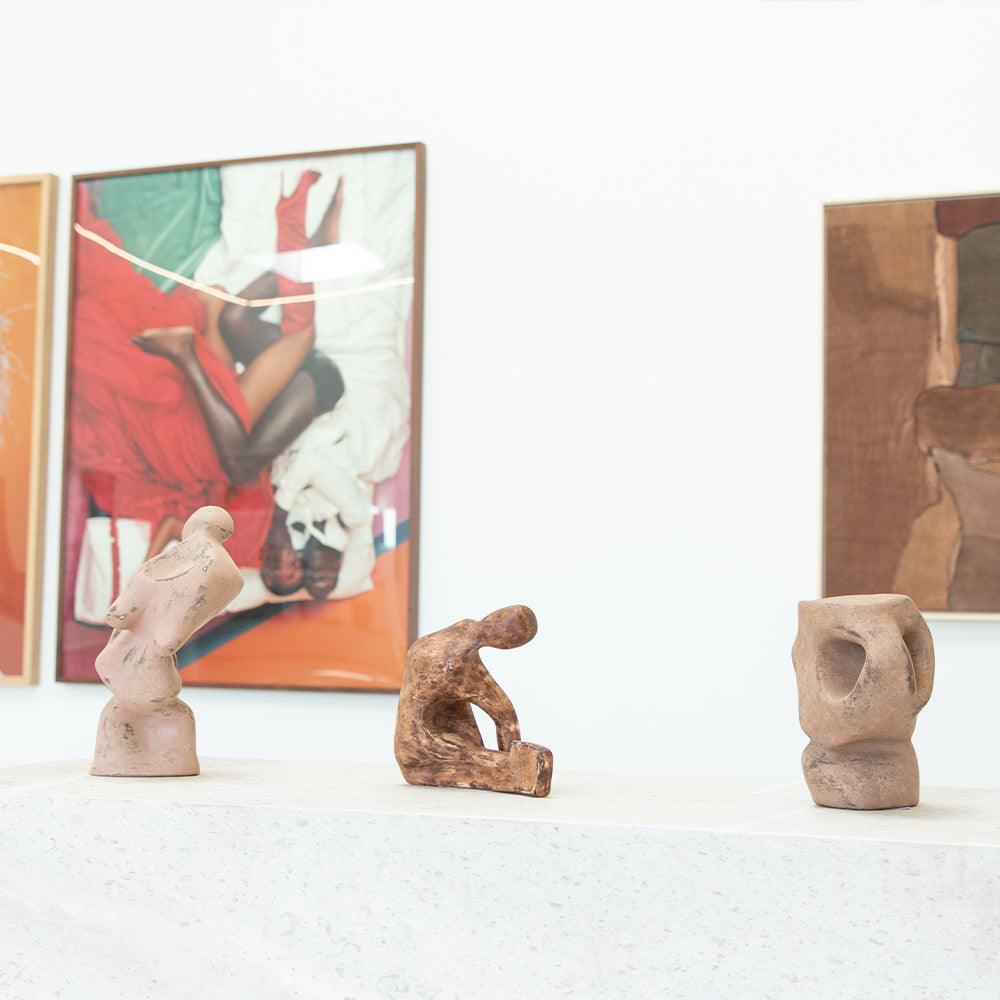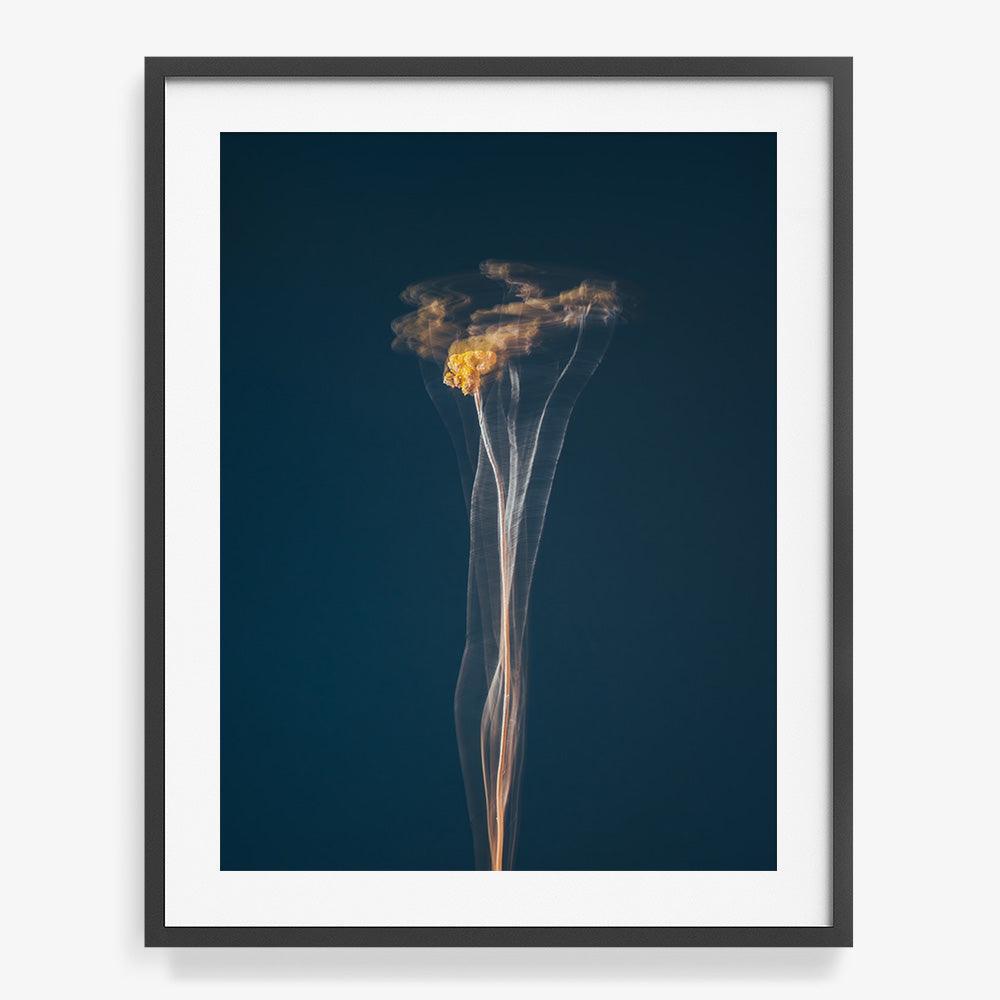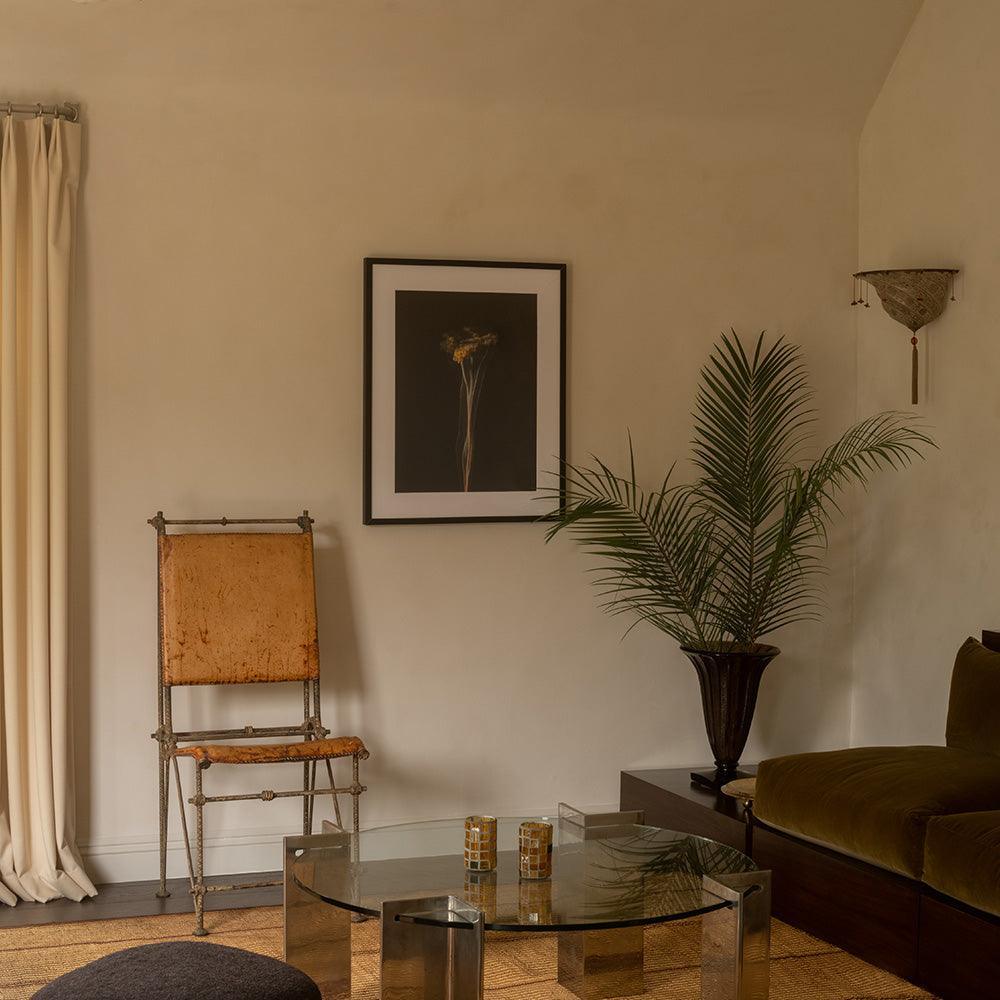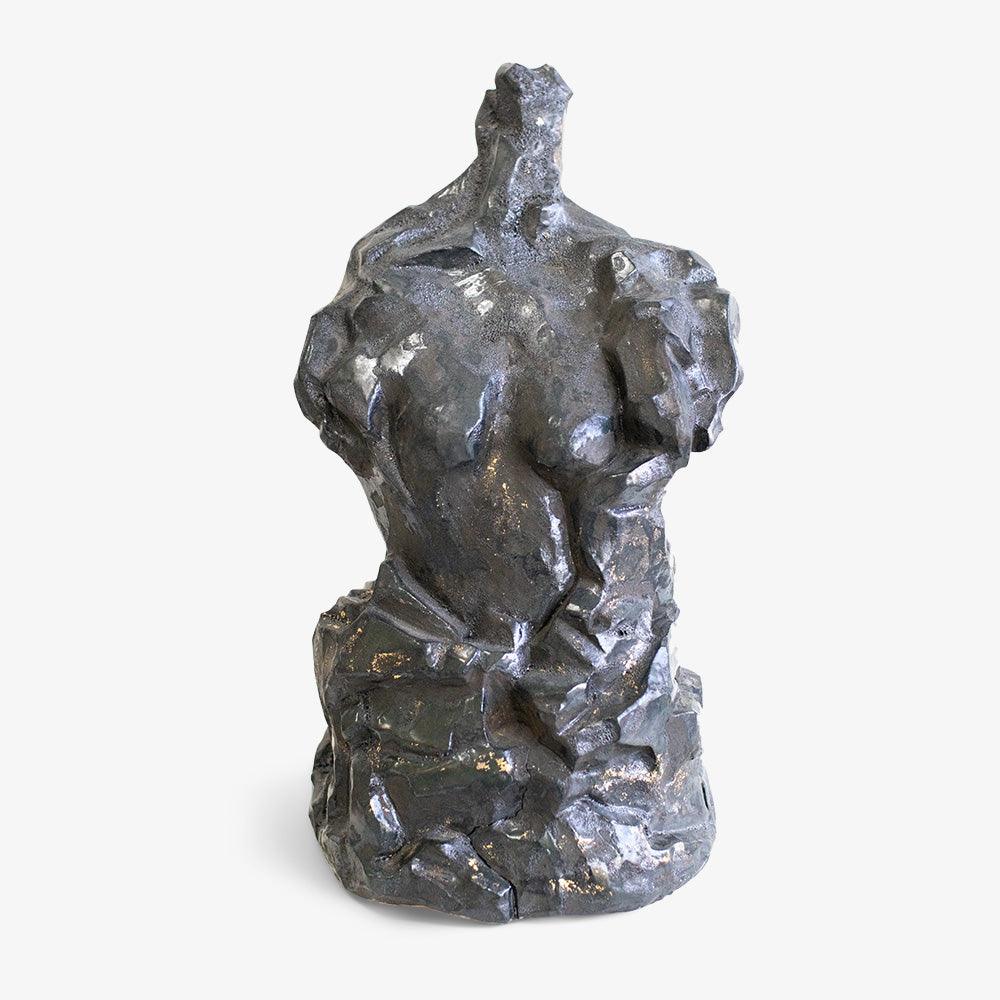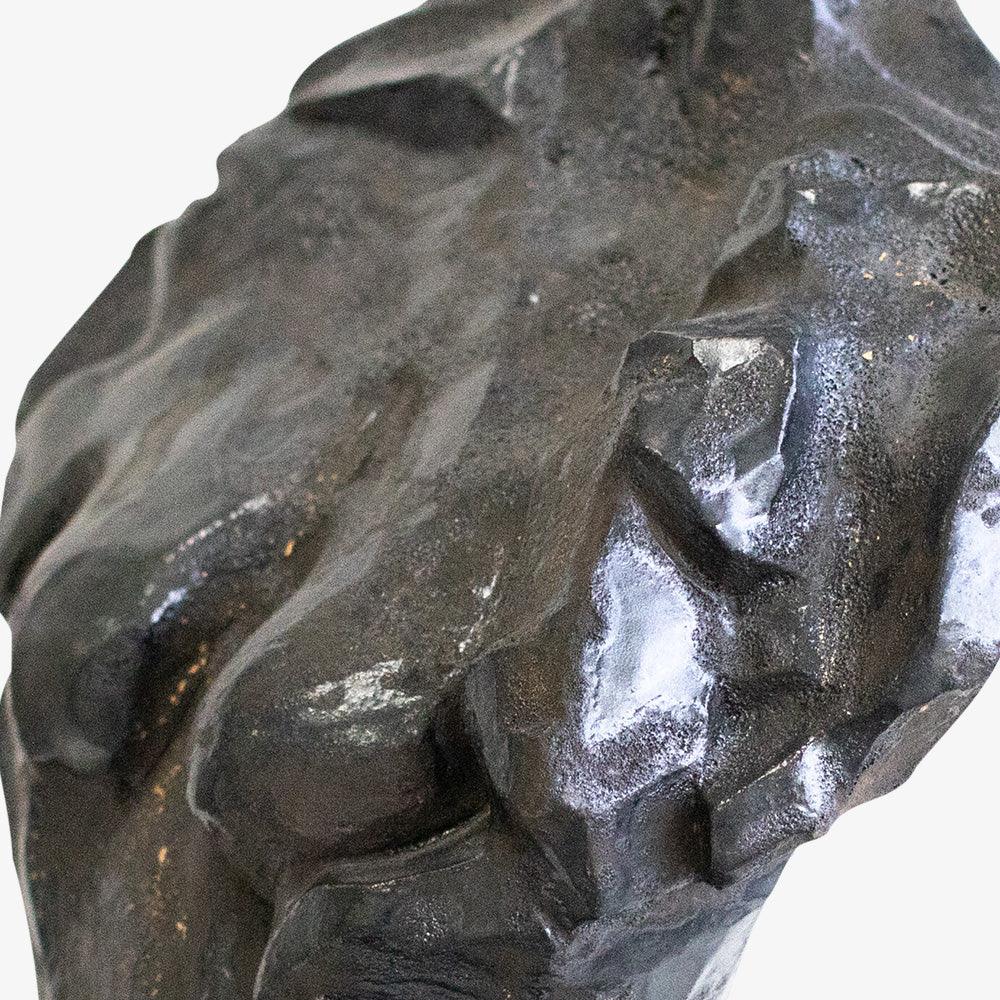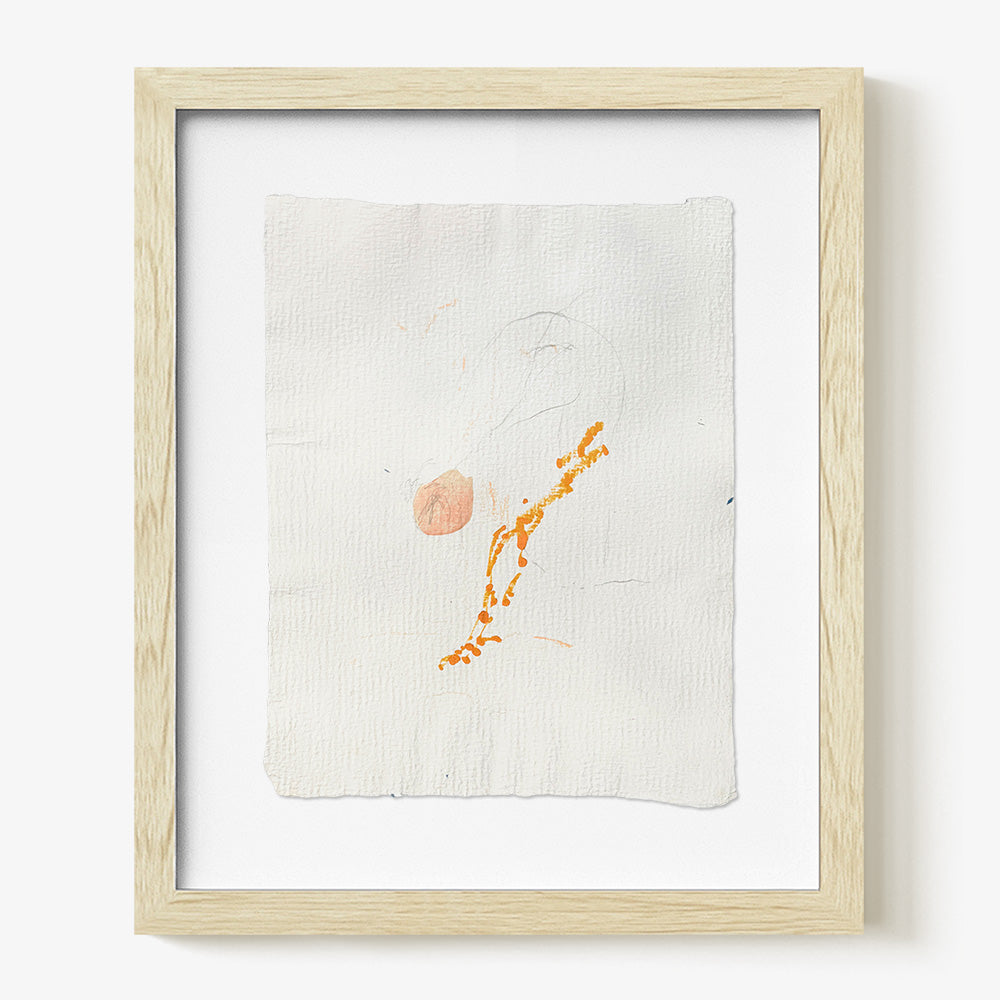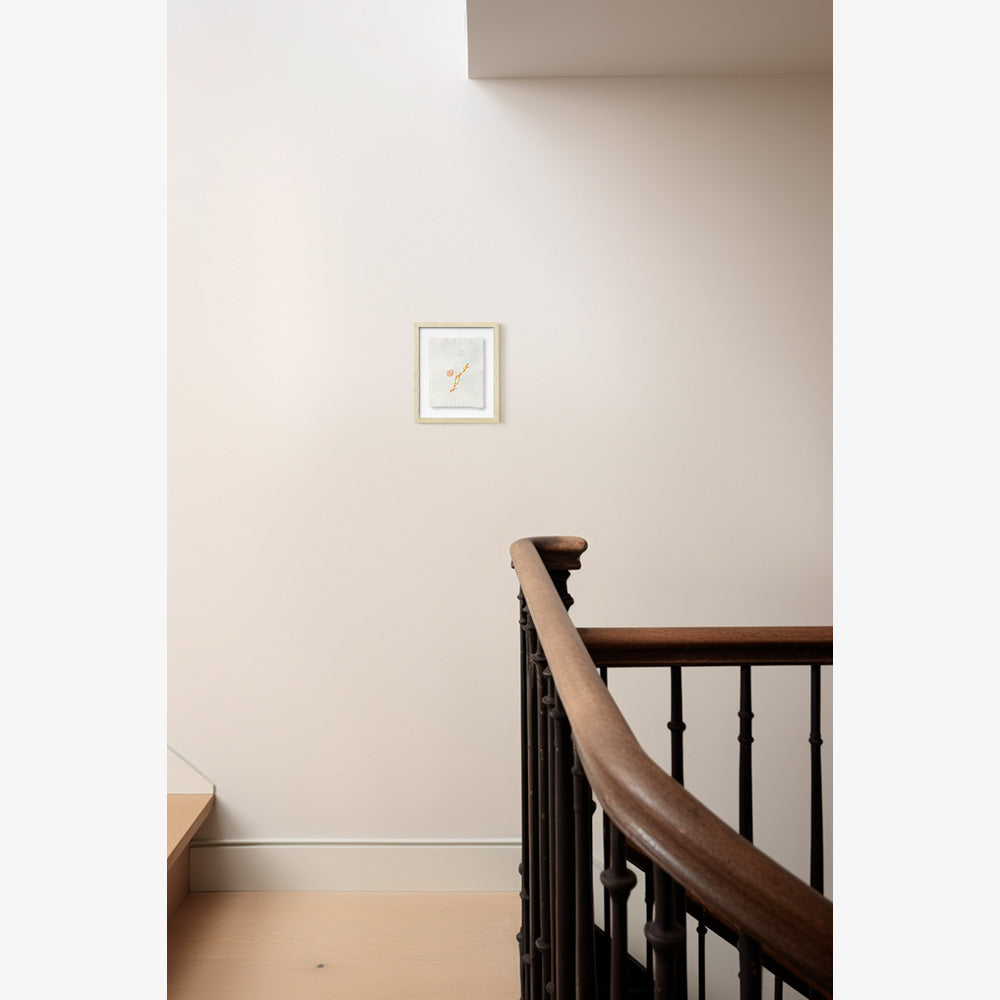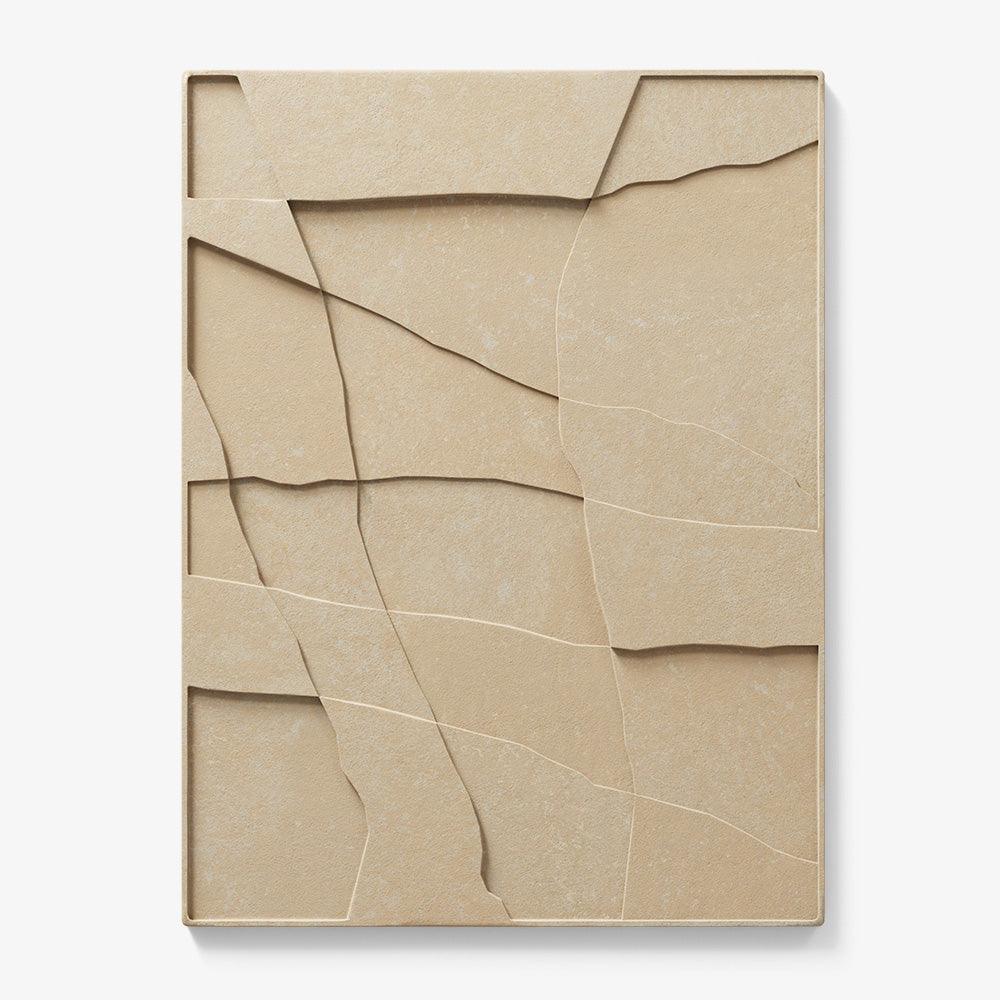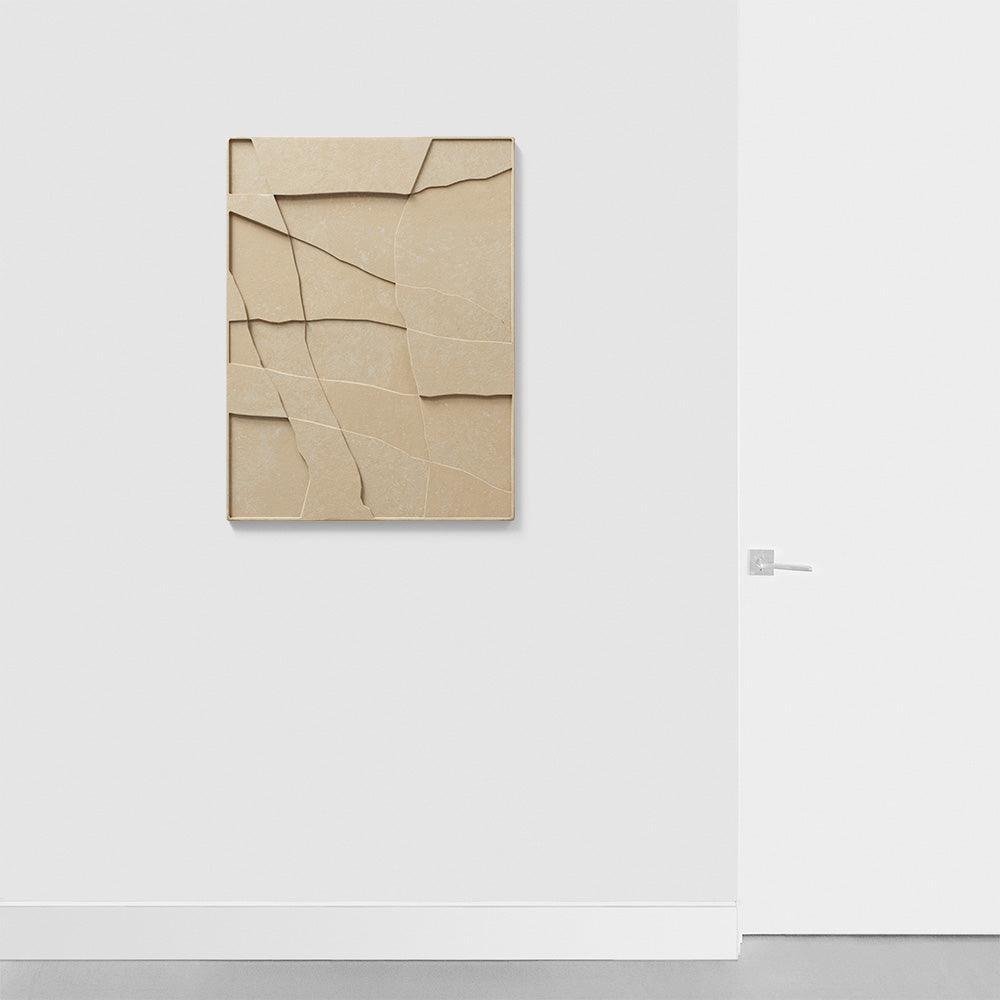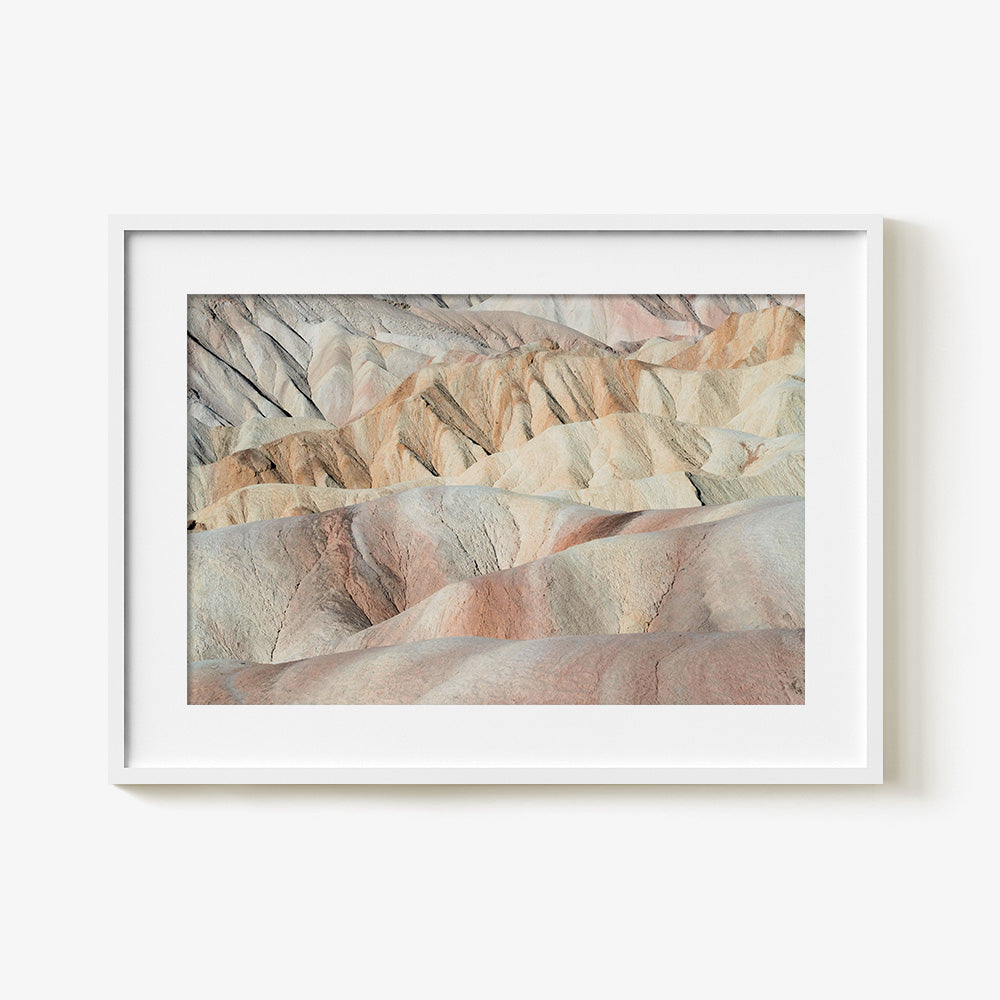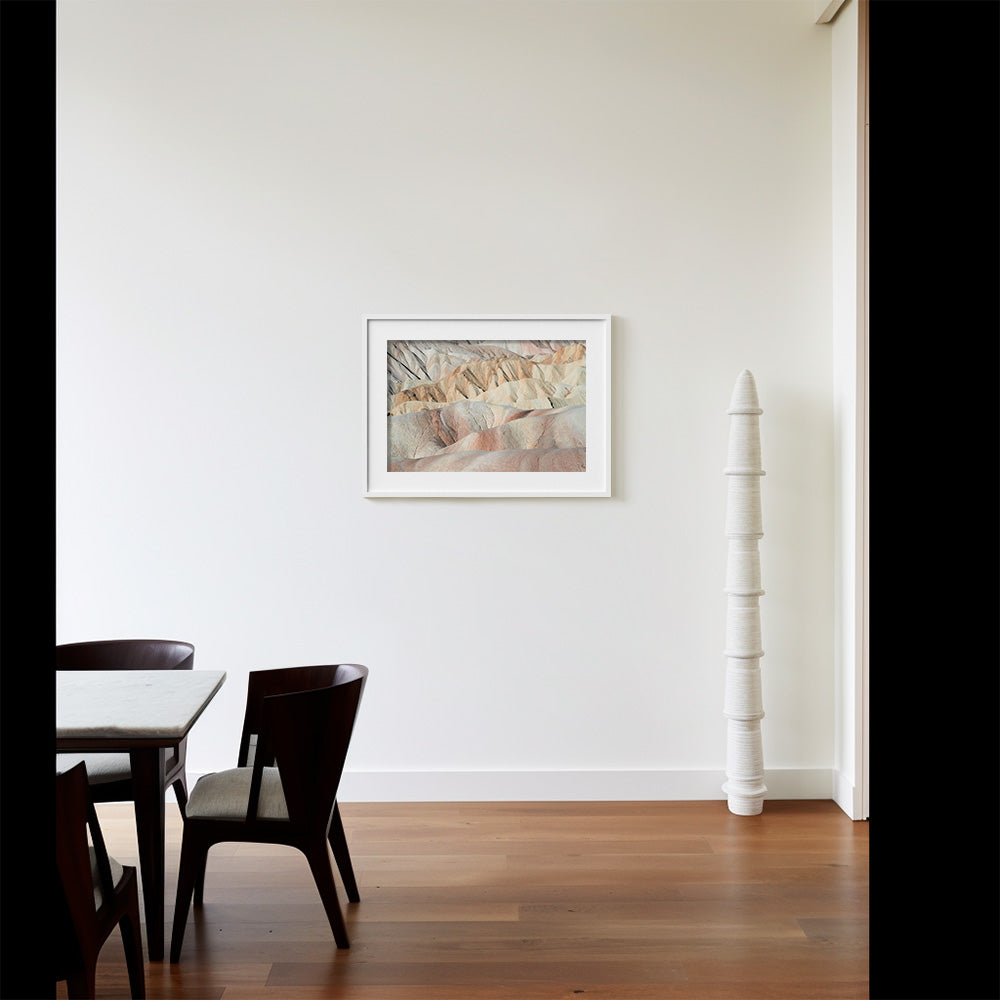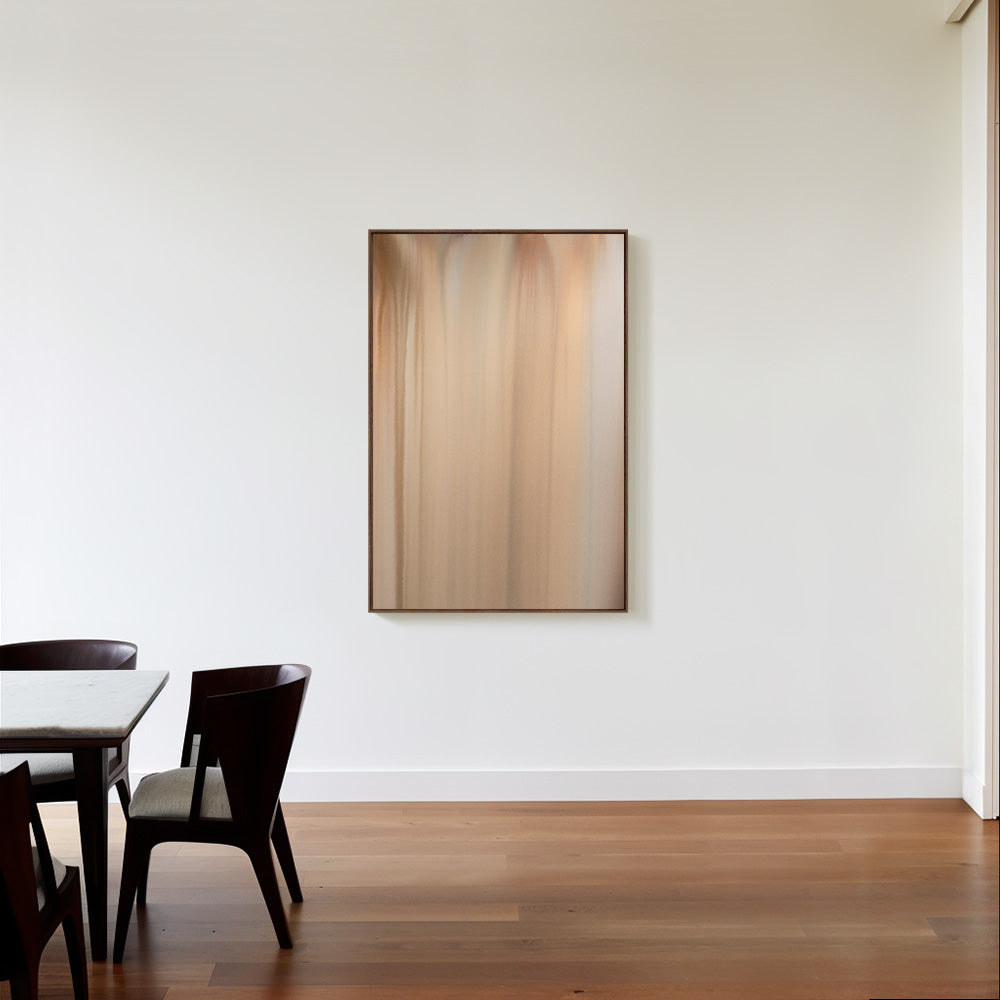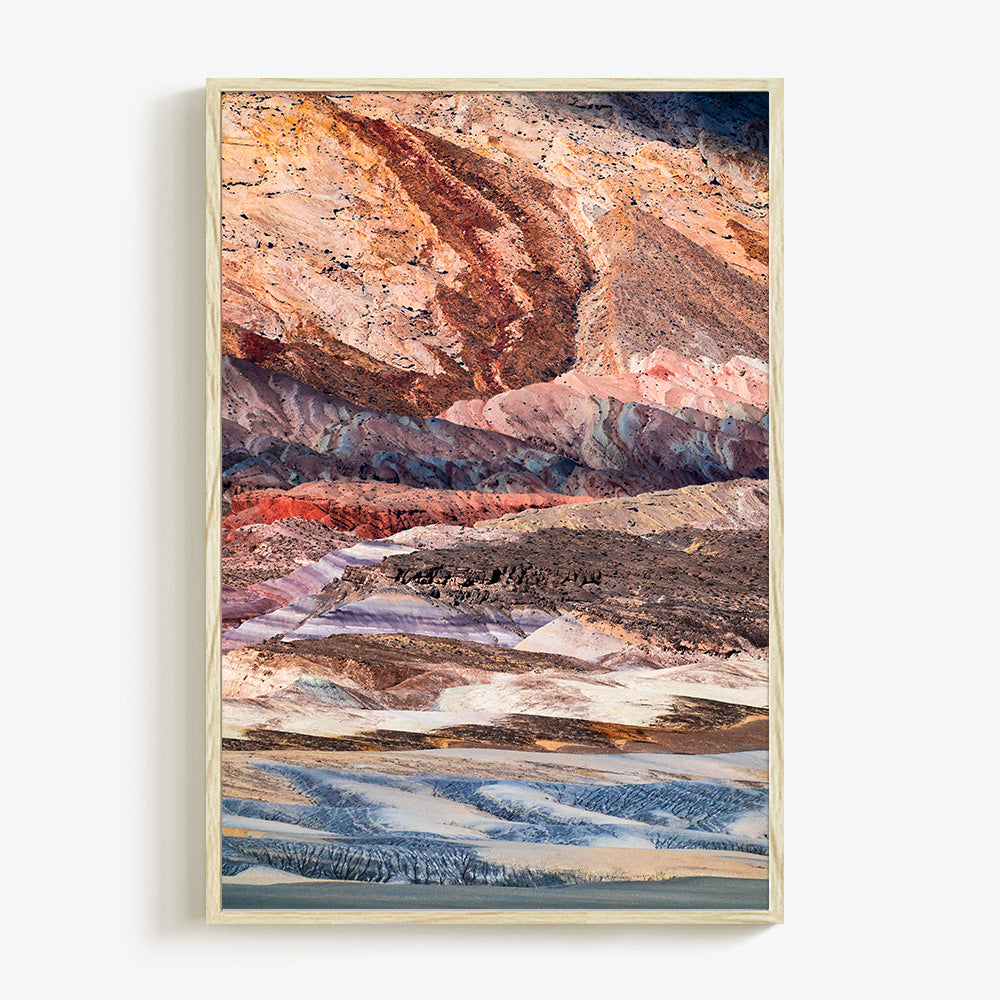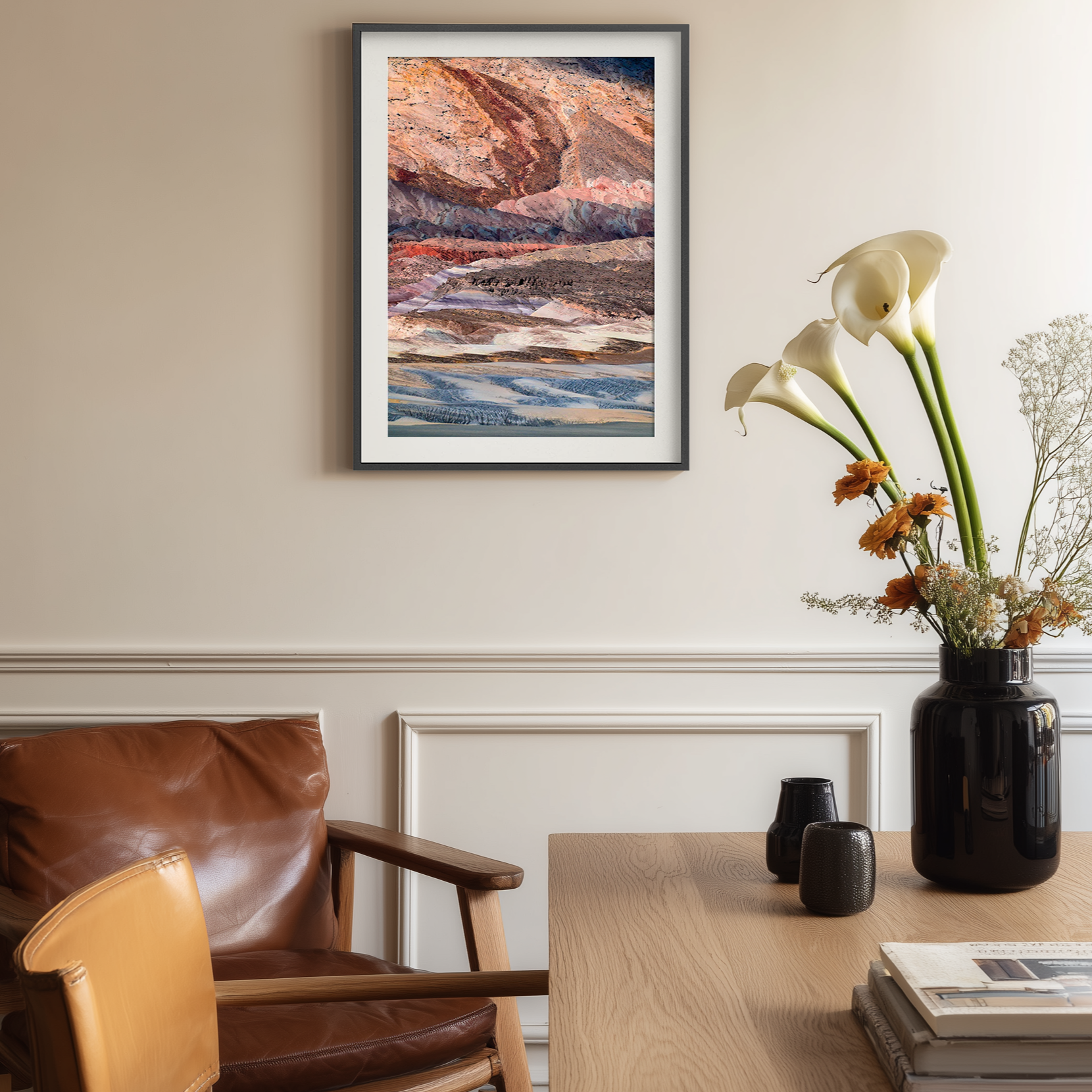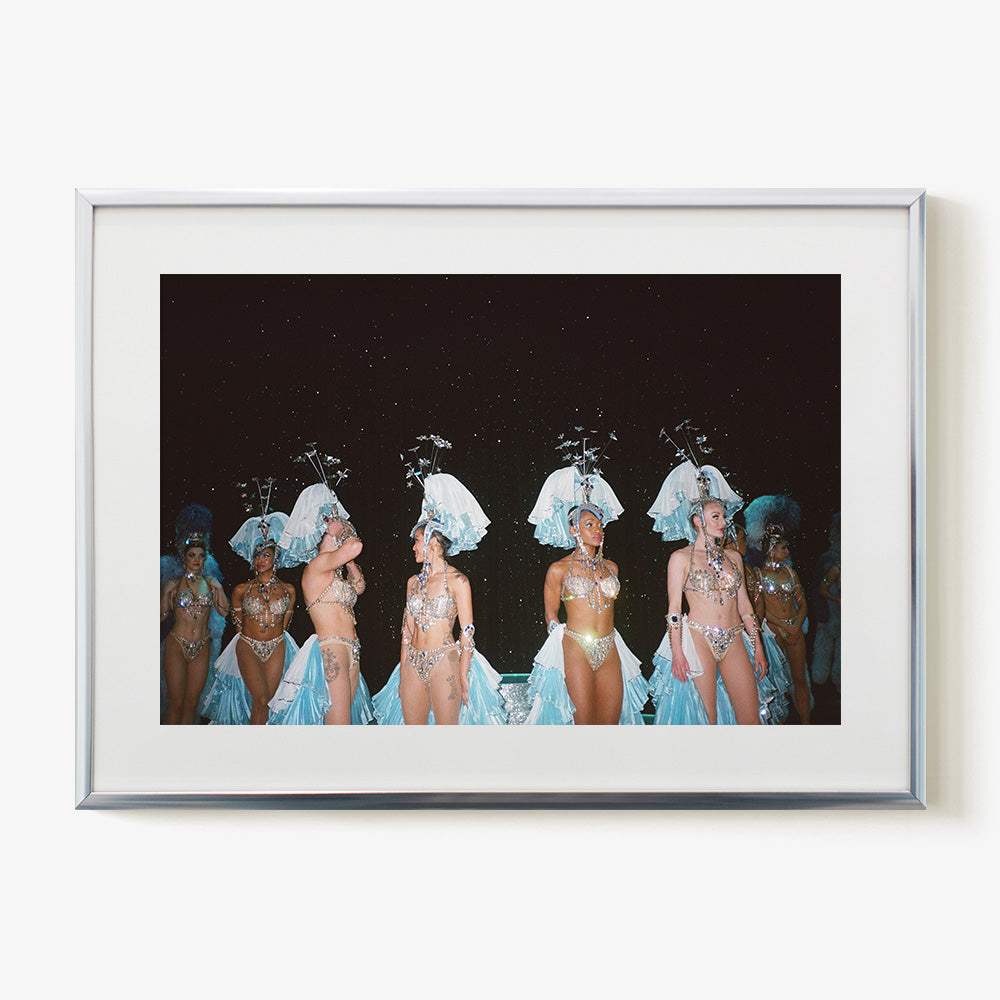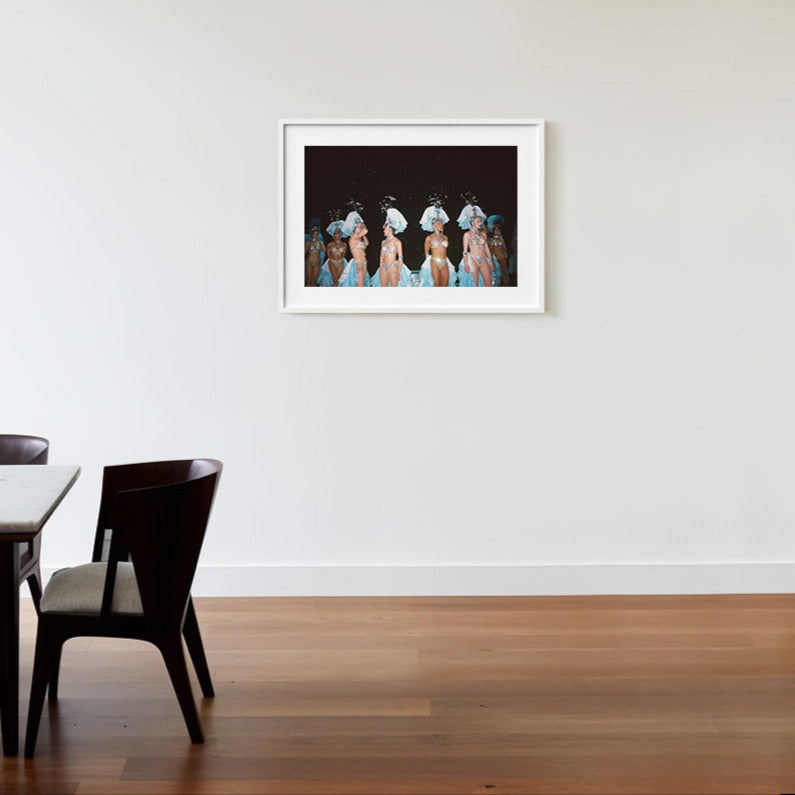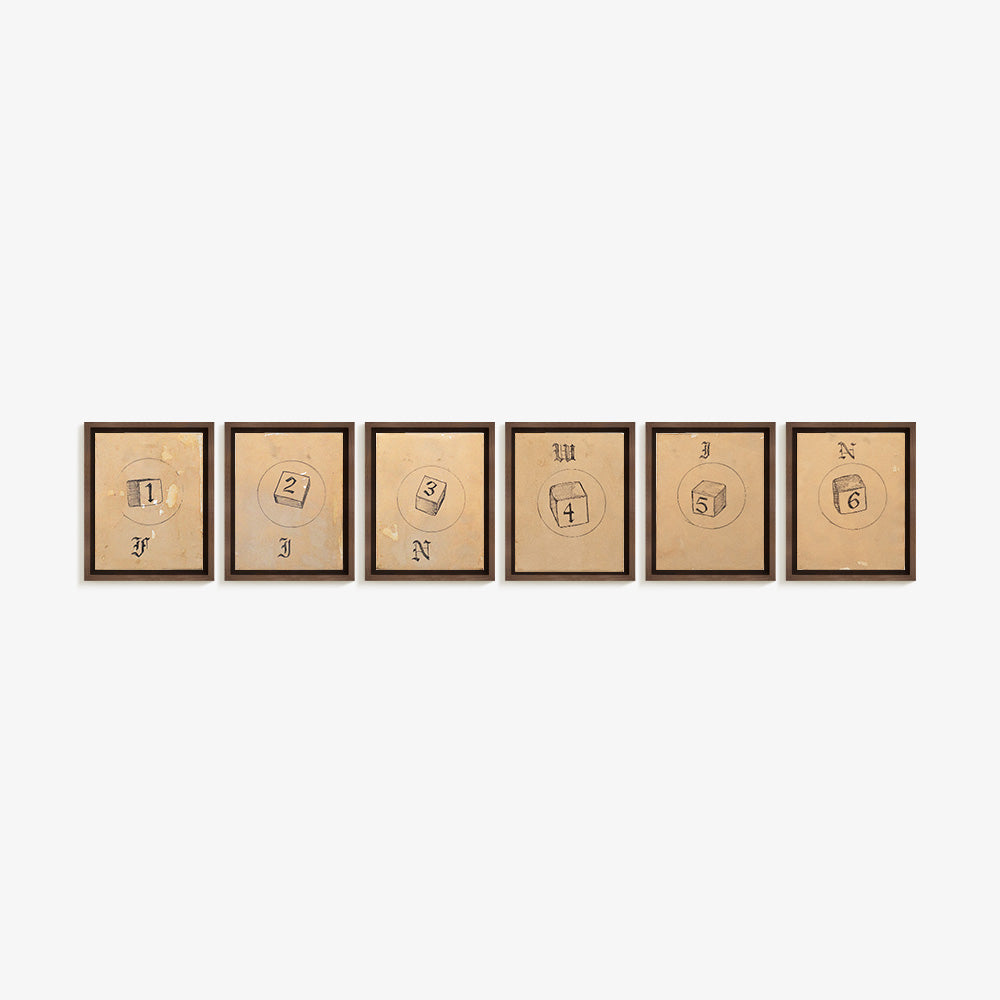
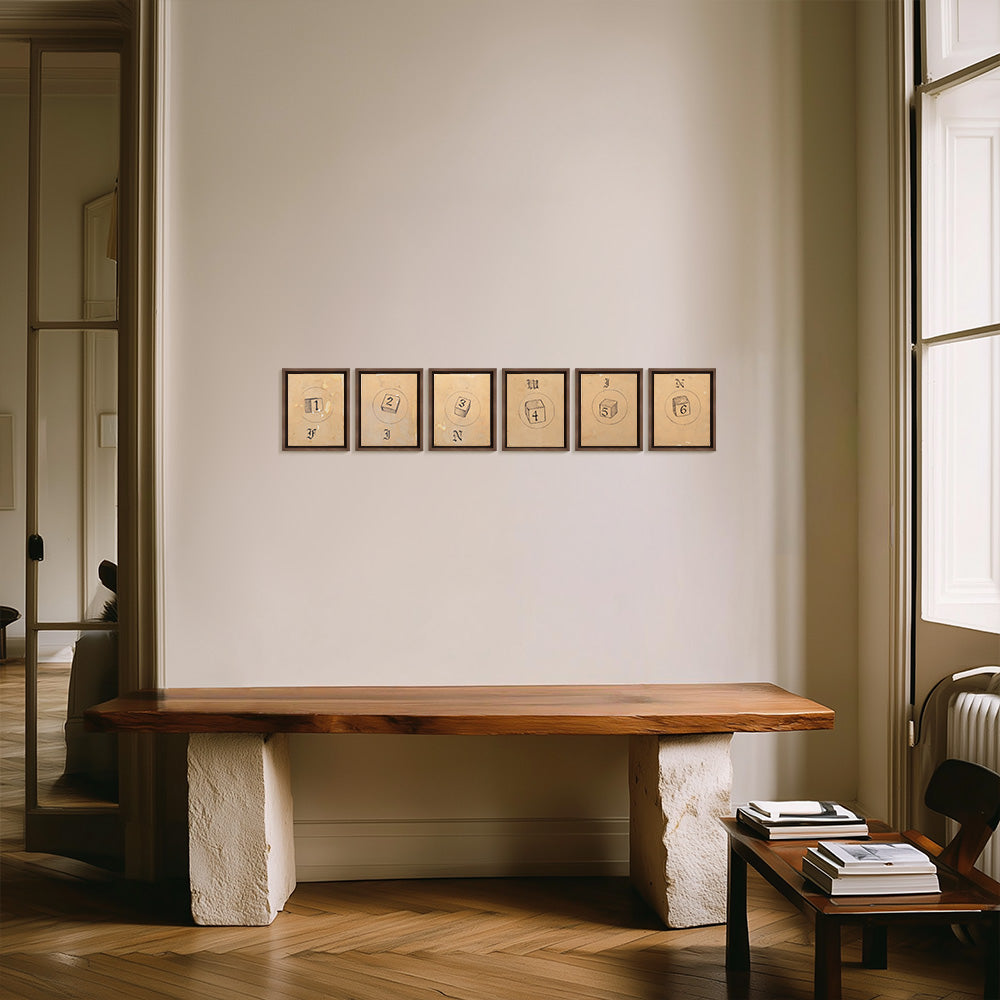
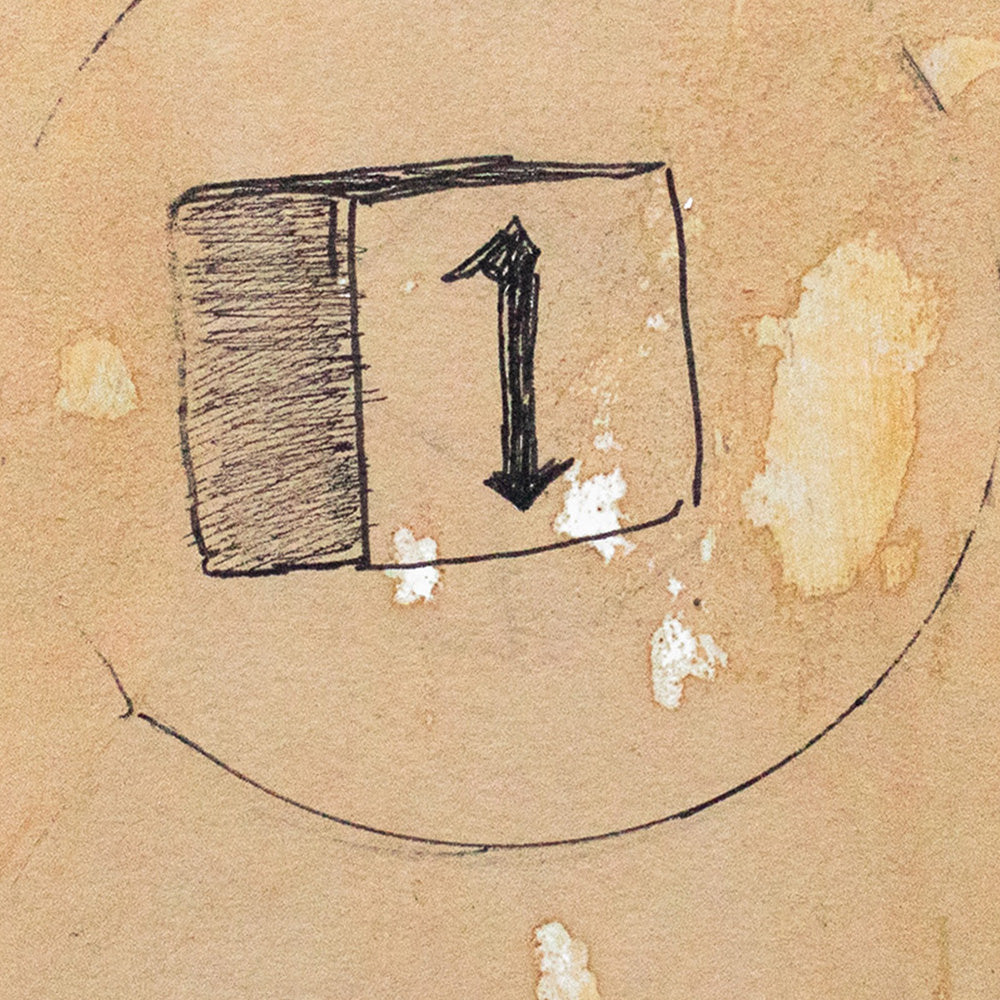
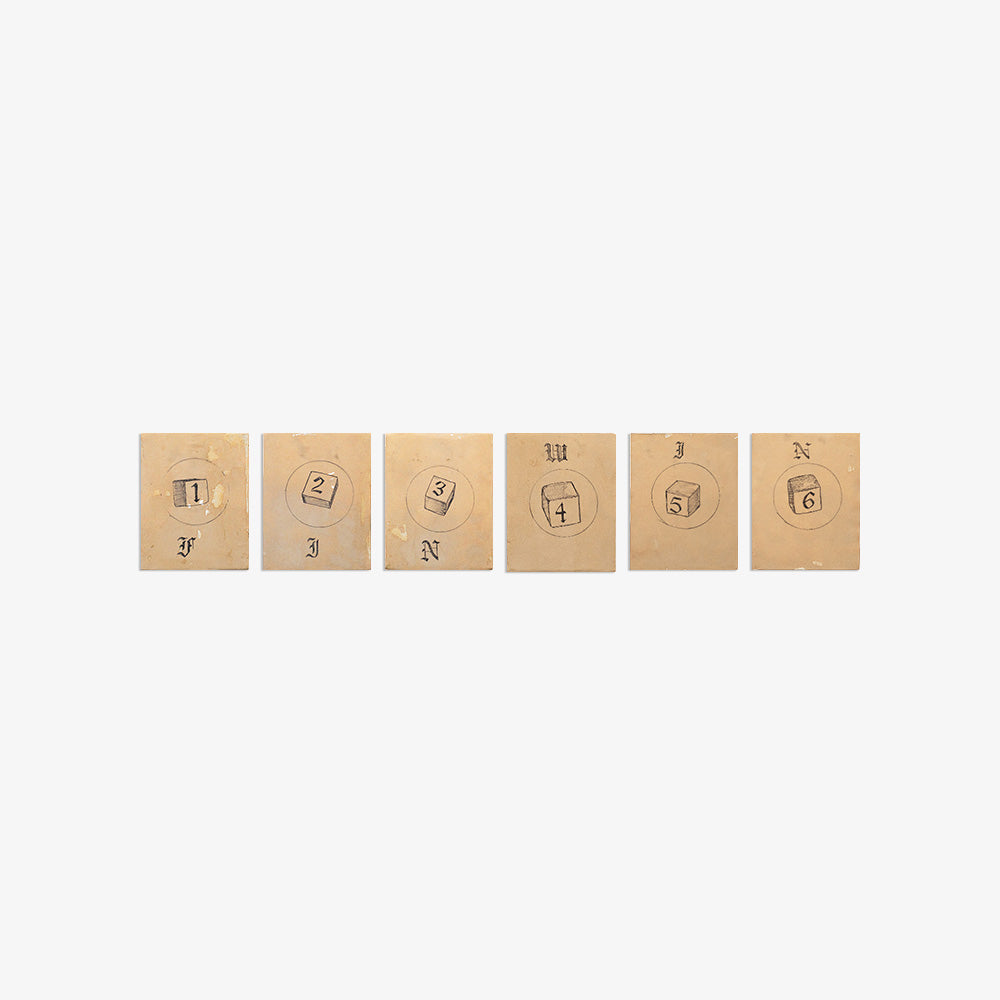
And introducing the players. 456 for an instant win. 123 for an automatic loss. 11
Acrylic, ink, coffee, and tea on paper mounted to wood panel
Umar Rashid’s drawings of the Cee-lo game extend his fascination with how play, chance, and power intersect across time. Cee-lo, a street dice game with roots in China’s Sic Bo and later embraced in African American communities, has long been a space where risk and luck reflect the larger forces that shape survival and hierarchy.
Cee-lo isn’t only about luck; it also rewards the style and confidence of the player, how they throw, talk, and carry themselves during the game. That performance of power and poise echoes the dynamics of empire itself, where control is often as much about appearance and persuasion as force. In both, chance and mastery intertwine: the throw of the dice, like the sweep of conquest, is shaped as much by charisma and bravado as by fate.
YOU HAVE VIP EARLY ACCESS TO THIS ARTWORK | VIEW MORE
This service is currently unavailable,
sorry for the inconvenience.
Pair it with a frame
Frame options are for visualization purposes only.
FRAME STYLE
MATTING SIZE
BUILDING YOUR EXPERIENCE
powered by Blankwall
Take a few steps back and let your camera see more of the scene.
powered by Blankwall
Was this experience helpful?
Umar Rashid’s drawings of the Cee-lo game extend his fascination with how play, chance, and power intersect across time. Cee-lo, a street dice game with roots in China’s Sic Bo and later embraced in African American communities, has long been a space where risk and luck reflect the larger forces that shape survival and hierarchy.
Cee-lo isn’t only about luck; it also rewards the style and confidence of the player, how they throw, talk, and carry themselves during the game. That performance of power and poise echoes the dynamics of empire itself, where control is often as much about appearance and persuasion as force. In both, chance and mastery intertwine: the throw of the dice, like the sweep of conquest, is shaped as much by charisma and bravado as by fate.
Artwork Information
Year
2022
Materials
Acrylic, ink, coffee, and tea on paper mounted to wood panel
Authentication
Signed by Artist
The work comes with a Certification of Authenticity signed by the Co-Founder of Tappan.
Dimensions
ARTWORK DIMENSIONS
7 x 5 1/2 x 1/2 inches each
14 x 16 1/2 x 1/2 inches Set of 6
FRAMED DIMENSIONS
Individual Work: 7 x 5 1/2 x 1/2 inches
Reveal: 8 3/4 x 7 1/4 x 1 1/2 inches
Unframed: 7 x 5 1/2 x 1/2 inches
Set of 6: 14 x 16 1/2 x 1/2 inches
Reveal: 17 1/2 x 21 3/4 x 1 1/2 inches
Unframed: 14 x 16 1/2 x 1/2 inches
Custom Orders
We offer a wide variety of custom framing options, please reach out for more information.
Shipping times vary per artwork, text, email, or chat with us to expedite shipping.
text: 310-388-3425
email: [email protected]
Art Advising Services
Complimentary art advising services available on request. More info here
“What's interesting is that history is always written by the victor. There's all these different stories, and as a black person or African-American, as you will or whatever, I haven't figured out how I really fit into this history.”
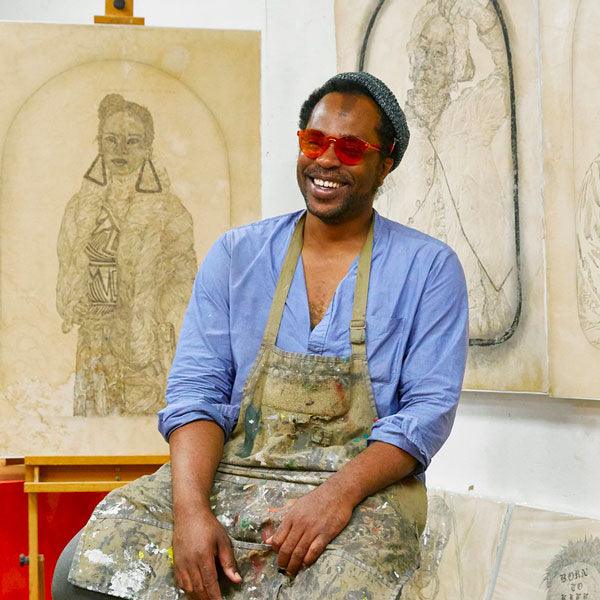
About the Artist
Umar Rashid
Umar Rashid, also known as Frohawk Two Feathers, is a Los Angeles-based multidisciplinary artist renowned for his vivid reimaginings of colonial histories. Through painting, drawing, sculpture, and storytelling, Rashid constructs alternative historical narratives that intertwine fact and fiction, often spotlighting the experiences of marginalized communities omitted from traditional accounts. His work delves into themes of race, power, empire, and resistance, blending influences from hip-hop culture, ancient mythology, and 18th-century colonial aesthetics.
Rashid's art has been featured in prominent exhibitions, including Made in L.A. 2020: a version at both the Hammer Museum and The Huntington Library in Los Angeles. In 2022, he presented his first solo museum exhibition in New York, Ancien Regime Change 4, 5, and 6, at MoMA PS1, showcasing over 30 new works that explore the dynamics of political and cultural power through history and fantasy. In 2024, in collaboration with BLUM he was a part of the PST ART: Art & Science Collide project with his solo exhibition The Kingdom of the Two Californias. La Época del Totalitarismo Part 2.
Select public collections include:
Brooklyn Museum, Hudson River Museum, Nevada Museum of Art, Santa Barbara Museum of Art, Wadsworth Atheneum Museum of Art, Zeitz Museum of Contemporary Art Africa (Cape Town, South Africa), Ruth and Elmer Wellin Museum of Art at Hamilton College, Mount Holyoke College Art Museum, 21C Museum, The Progressive Collection, The Artist Pension Trust

Choose options




This service is currently unavailable,
sorry for the inconvenience.
Pair it with a frame
Frame options are for visualization purposes only.
FRAME STYLE
MATTING SIZE
BUILDING YOUR EXPERIENCE
powered by Blankwall
Take a few steps back and let your camera see more of the scene.
powered by Blankwall
Was this experience helpful?
Umar Rashid’s drawings of the Cee-lo game extend his fascination with how play, chance, and power intersect across time. Cee-lo, a street dice game with roots in China’s Sic Bo and later embraced in African American communities, has long been a space where risk and luck reflect the larger forces that shape survival and hierarchy.
Cee-lo isn’t only about luck; it also rewards the style and confidence of the player, how they throw, talk, and carry themselves during the game. That performance of power and poise echoes the dynamics of empire itself, where control is often as much about appearance and persuasion as force. In both, chance and mastery intertwine: the throw of the dice, like the sweep of conquest, is shaped as much by charisma and bravado as by fate.


